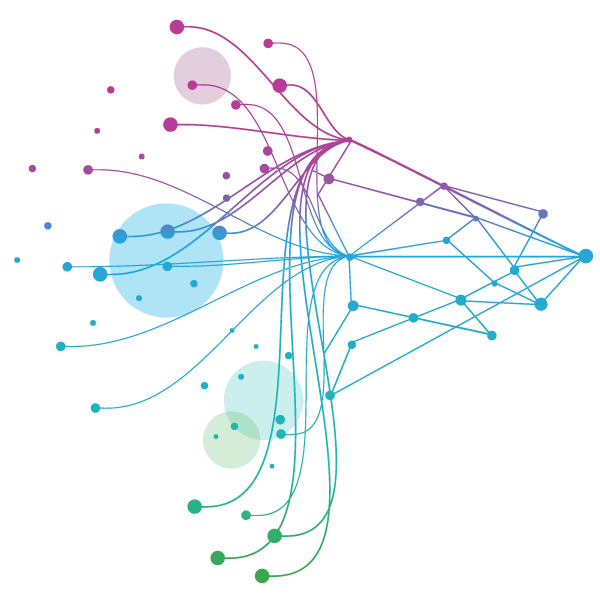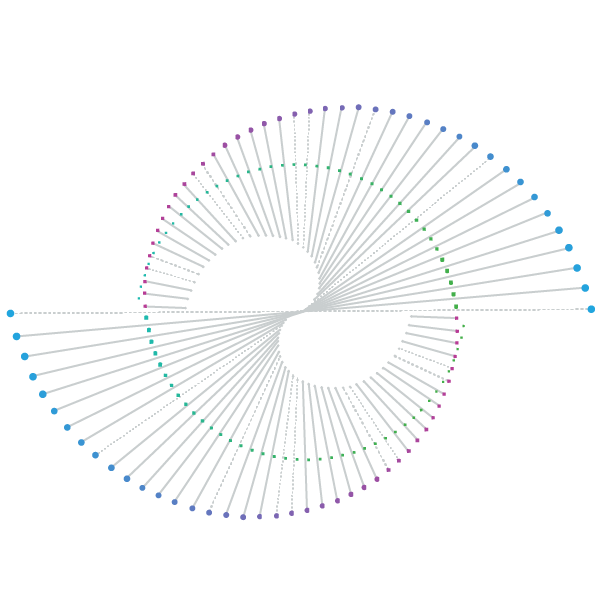Harness the power of global human expertise combined with automation, artificial intelligence (AI) and machine learning (ML) to design, build and execute end-to-end safety solutions.






















- Blogs
- Rethinking Signal Detection for Small and Specialized Safety Databases
Pharmacovigilance (PV) professionals in small and mid-sized pharmaceutical companies often face a unique challenge: how to detect meaningful safety signals in datasets that are too limited for traditional quantitative methods to be effective. When a safety database contains only one or a few products or a limited number of adverse event reports, applying standard statistical techniques can lead to misleading results and an overwhelming number of false positives.
The limitations of traditional signal detection methods
Quantitative signal detection methods such as Proportional Reporting Ratio (PRR), Reporting Odds Ratio (ROR), Information Component (IC), and Empirical Bayes Geometric Mean (EBGM) are widely used in large-scale pharmacovigilance systems. These methods rely on robust comparative data across multiple products and events. In small or specialized databases, the lack of comparative breadth makes these tools less reliable and often unsuitable.
Introducing the Product Fractional Reporting Ratio (PFRR)
To address this gap, IQVIA developed the Product Fractional Reporting Ratio (PFRR), a novel intra-product metric designed specifically for small and specialized safety datasets. PFRR compares the frequency of a specific adverse event during a defined interval with its cumulative frequency prior to that interval. This ratio helps identify whether a particular event is being reported more frequently during a specific review period, which may warrant further investigation. Refer Figure 1 below.
PFRR can be applied at various levels of the MedDRA hierarchy, including System Organ Class (SOC), High-Level Term (HLT), and Preferred Term (PT). A PFRR greater than 1 indicates an increased reporting trend for a specific event during the review period. However, it is important to note that a high PFRR does not confirm a safety signal on its own. Instead, it serves as a directional indicator that should be used in conjunction with qualitative assessments, such as focused reviews of designated medical events (DMEs), fatal outcomes, and newly received events during the review period.

Practical use and considerations of PFRR
This method is particularly effective in scenarios where other data mining techniques may not be feasible due to limited data volume. For example, in a safety database with only one or few products, or where the number of cases is too low to support traditional disproportionality analysis, PFRR provides a practical alternative. It enables PV teams to prioritize their reviews and focus on events that show meaningful changes in reporting patterns.
However, PFRR is not recommended for products with very low case volumes, typically fewer than 10 cases during the surveillance period. In such instances, the data may be too sparse to yield reliable insights, and qualitative review remains the most appropriate approach.
A tailored tool for targeted safety monitoring
By offering a method that is both statistically grounded and operationally feasible, PFRR empowers small and mid-sized pharma companies to enhance their pharmacovigilance capabilities without overextending their resources. It supports a more strategic, evidence-based approach to signal detection, helping teams identify potential safety concerns earlier and with greater confidence.
If your organization is navigating the complexities of signal detection in small datasets, IQVIA can help you apply PFRR to improve focus, reduce false positives, and strengthen your safety monitoring strategy.





